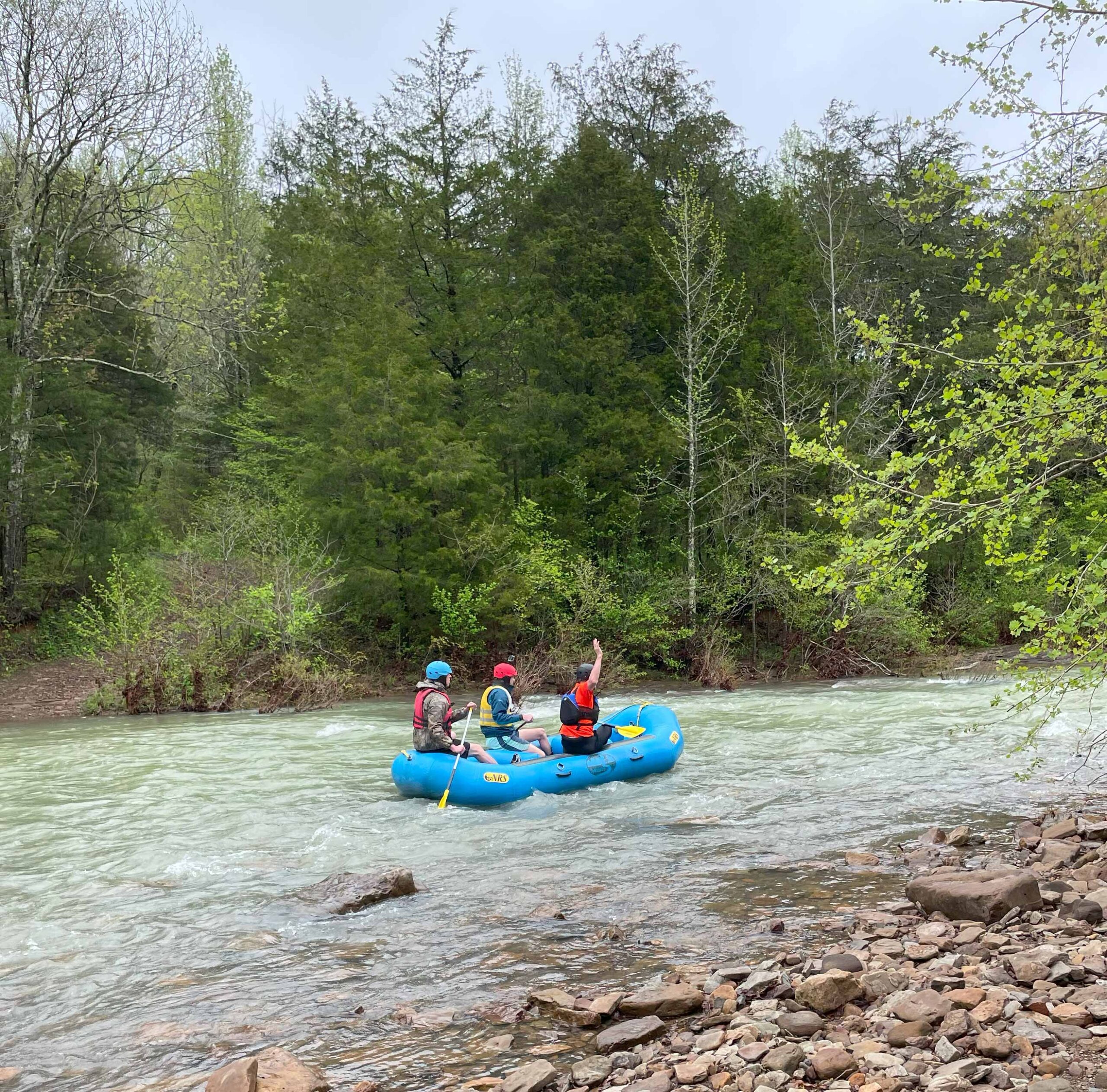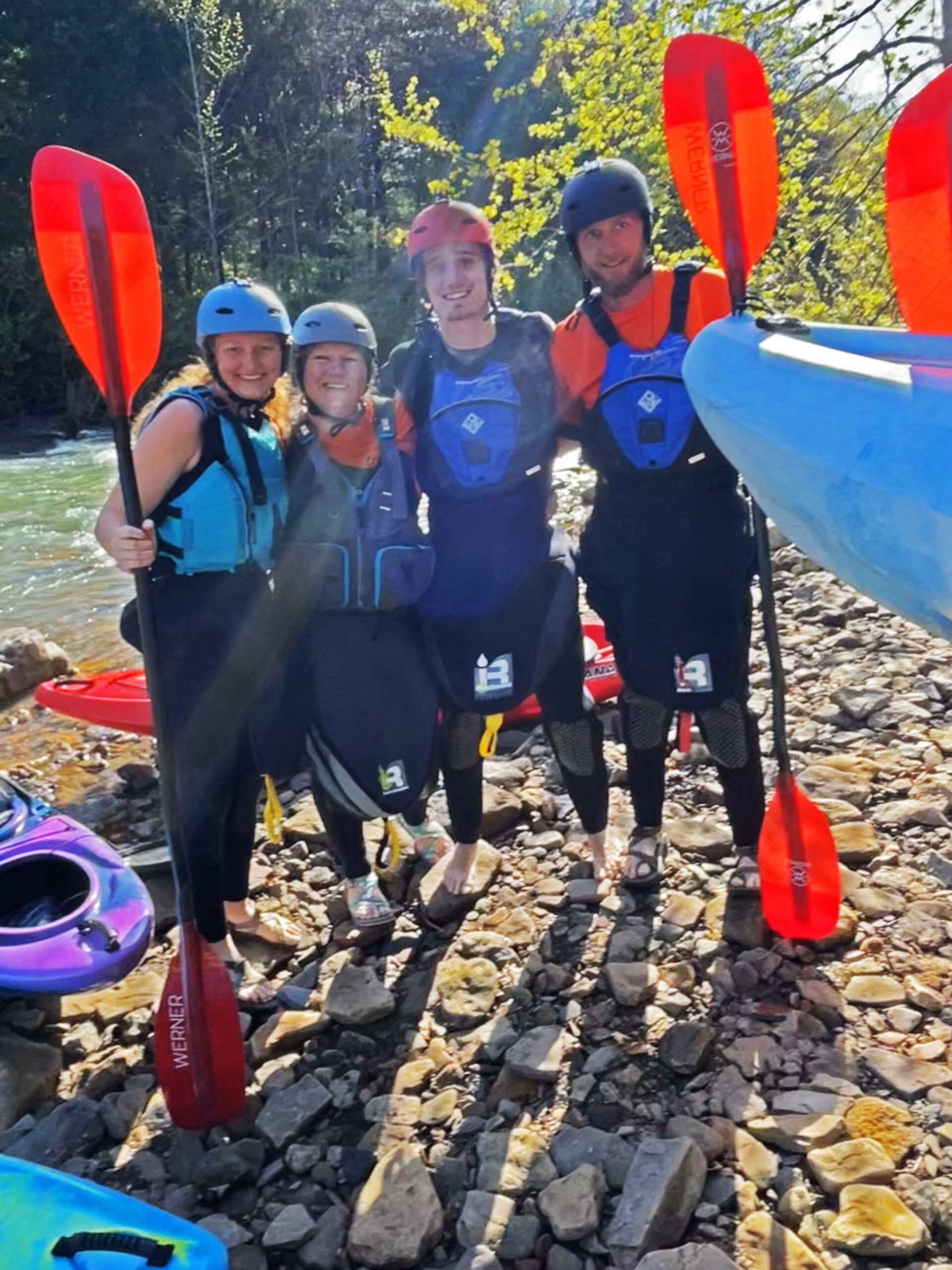Dangers of Kayaking
Dangers of Kayaking
White water rafting, kayaking, canoeing and tubing on the Buffalo river can be exhilarating and adventurous activities, but like any outdoor sport, it comes with its share of dangers and risks. Some of the potential dangers of white-water rafting include:
The most serious risk associated with the Buffalo River is drowning. Rafting takes place on fast-moving rivers with turbulent water, and if a raft capsizes or individuals fall into the water, they can become trapped or swept away by the current.
How do I Avoid Drowning?
- When Rafting Hailstone, wear proper safety equipment including a helmet and PFD. Under 13 you must where a PFD anywhere on the river.
- If you do find yourself in the water, swim on your back with your feet pointed downstream, and use your arms to steer yourself away from obstacles and towards the nearest riverbank.
- Know yourself. I say this a lot. Choose a trip that matches your skill level and physical capabilities.
- Stay with the Group: Always stay with your rafting group, and don’t attempt to swim or raft alone.
- Understand River Conditions: Be aware of the current water conditions and any potential hazards. River conditions can change rapidly especially after heavy rain and especially towards the upper Buffalo River.
Impact Injuries: Rafters may encounter rocks, boulders, and other obstacles in the river. Colliding with these objects can lead to injuries, such as fractures, bruises, or cuts.
- If you do Hailstone, wear a helmet with you PFD.
Hypothermia: The water in rivers used for white water rafting on Hailstone is often cold, since you usually have to do it during spring months.
- Keep your PFD on, it will warm you up.
- Don’t wear cotton or denim or a down jacket, they all hold water.
- Wear a wetsuit or drysuit. We have wetsuits on in the picture of us with paddles on the Hailstone page.
- If you dump, get out of the water quickly. Your buddies can get your gear for you.
Getting Pinned: In some cases, a raft can get pinned against rocks or other obstacles in the river, leading to dangerous entrapment or the risk of being ejected from the raft.
- If your boat is pinned, LEAVE IT! Do not try to unpin a boat by yourself. When unpinning someone or something use a rope.
Strainers or Widow Makers are objects like fallen trees or branches in the river that allow water to pass through but can trap or entangle people.
- If you see a potential strainer in the water, paddle away from it and maintain a safe distance.
- If possible, scout the river before you start your rafting trip
- Use Eddies to Maneuver: Eddies are calm areas of water near the riverbank. Use eddies strategically to maneuver and avoid hazardous sections of the river, including strainers.
- Some situations, it might be necessary to get out of your kayak and carry it overland to avoid a hazardous section of the river.
This last point is another “Know Yourself” moment. Using drugs and alcohol while white water river rafting is extremely dangerous and should be avoided at all costs. This goes for Hailstone and the complete 153 miles of the river if the gauge is above the recommended floating level. White water rafting is an adventure sport that requires focus, coordination, and quick reactions to navigate safely. Introducing drugs or alcohol into the equation impairs judgment, coordination, and decision-making abilities, significantly increasing the risk of accidents, injuries, and even fatalities


Explore with
confidence
Inspiration and guidance for wherever your trail may lead.
